Despite dozens of attempts, the first undisputed expedition to reach the North Pole was Roald Amundsen’s team in 1926, flying over in the airship Norge. Thirty years later, the submarine USS Nautilus became the first vessel to cross the pole, by travelling entirely under the ice. A year later the submarine USS Skate broke through and became the first vessel on the surface of the North Pole.
But it wasn’t until 1977, less than 50 years ago, that the Soviet nuclear-powered icebreaker Arktika became the first surface ship to reach the North Pole. With so few vessels capable of getting there, the pace hasn’t particularly sped up. Only 19 vessels have ever been there and, even with all the return trips, our journey aboard Le Commandant Charcot would be only the 168th arrival of a surface ship at the North Pole. And the number of people who have actually stood at the North Pole is measured in tens of thousands.
We were, of course, super-excited about the idea of actually reaching the North Pole and standing on the ice there. But we were expecting the journey to the pole to be a bit on the tame side. Unlike the dramatic mountain scenery in Antarctica, with massive icebergs and spectacular wildlife, the journey to the North Pole would be through relatively flat pack ice with little wildlife or other things of interest.
We were completely wrong on that. We reached the pack ice a day out of Longyearbyen and over the next three days never tired of watching as Le Commandant Charcot broke through to reach the North Pole. The 492 ft (150 m) ship has a gross tonnage of 31,328, and is equipped with 2 17 mW ABB azipods for propulsion. This is a lot of power for a ship that size. In comparison, the 1,094-ft (333 m) Norwegian Encore that we cruised to the Caribbean is 169,116 gross tons and is powered by two ABB azipods with a total power of 40 mW, only 6 mW more than the much smaller Chartoc. Breaking ice requires a lot of power.
Le Commandant Charcot is capable of breaking ice 15ft (4.6 m) thick. On our journey we saw ice up to 2.5 m thick, and the ship maintained a speed of 8kts through most of it. We loved watching as the Chartoc entered a floe and ice cracks spread out like lightning from the bow. And we were constantly amazed at the size of the huge chunks of ice that broke off and shot to the surface as the vessel passed. Measuring devices on each side of the ship and at the bow allowed the crew to gauge the thickness of the ice.
We also were expecting the ice to be quite flat and constant, but wind and waves formed interesting and unusual shapes. And the winds and currents move the ice around so it isn’t a single mass. Sometimes we were in tight pack with no water in sight, and other times we passed back and forth between open water and large floes. And although we always were in daylight, the changing light levels lit up the floes in beautiful ways. We also noticed several places where exposed surface saltwater was stating to freeze as we neared the end of the Arctic summer.
We gathered on the helicopter deck to celebrate as we neared the North Pole. With the temperature at 26°F (-3.3°C), we were all dressed warmly. The captain positioned the ship very carefully at exactly 90° 00’ N, and flares were lit as we celebrated. As part of the event, the helicopter had been moved from its position below deck and the helicopter elevator lifted a table with champagne glasses spelling out our location.
After the celebration, we added lifejackets to our cold weather gear and ventured out on the ice at the North Pole. The crew had setup a large marked perimeter, and we were free to go wherever we wanted within that boundary. We really appreciated being able to explore on our own and take our time. Actually standing at the North Pole was an incredible experience.
While we were ashore, armed guards stationed beyond the perimeter kept a careful lookout for polar bears. The animals are relatively rare at the North Pole, due to less food that far north, so we weren’t expecting that our first sighting of the trip would be there. But lucky for us, we all were ushered back aboard when a bear was sighted several miles away. We watched from the bow as the majestic animal lumbered right up to the ship, sniffing the air as it went. After a while, it walked over to the edge of the floe for a bit, then ambled back toward the ship and headed off.
The ship remained “moored” in the ice at the North Pole for 24 hours, and we drifted about 5 miles overnight.
We got another opportunity to go ashore the following day, where passengers could ski, snowshoe and send mail from the North Pole.
Setup beside the ship was an example of Le Commandant Charcot‘s polar survival camp. Traditional lifeboats are unsuitable for pack ice, so Ponant designed an inflatable polar camp to support the surface-based survival of all passengers and crew for five days. They also designed custom survival suits to keep the wearer alive in polar waters for up to 10 hours that double as sleeping bags for the polar survival camp.
The crew also setup a Float-Your-Boat deployment, where student-decorated small wooden boats are set adrift on an ice floe with a GPS buoy. While tracking their boat, students learn about the circulation and sea-ice cover in the Arctic Ocean.
Later that day, Jennifer made a polar plunge, while James opted to remain warm and dry on board and take photos from our stateroom balcony. Jennifer now has done a polar plunge at both ends of the world, with the first one in Antarctica late last year.
The logistics of the two polar plunges were quite different. No specific medical clearance was required for the Antarctica polar plunge, but we had to pass an EKG prior to making the North Pole plunge. In Antarctica, a semi-submerged platform was setup between two zodiacs off the side of the ship. With divers ready in the water, passengers just leaped into the water from the zodiac edge and flopped onto the platform to get out. Divers also were in the water at the North Pole, but a rope and harness was attached to each jumper to pull them back in case of an emergency. Then we simply jumped off the edge of the ice floe and into the water, and climbed back out on installed steps.
That evening, we made a quick blast around the world in about 30 minutes before heading back south to Svalbard. Our time at the North Pole was absolutely amazing and we’re now one of the few people in the world to have actually been there.


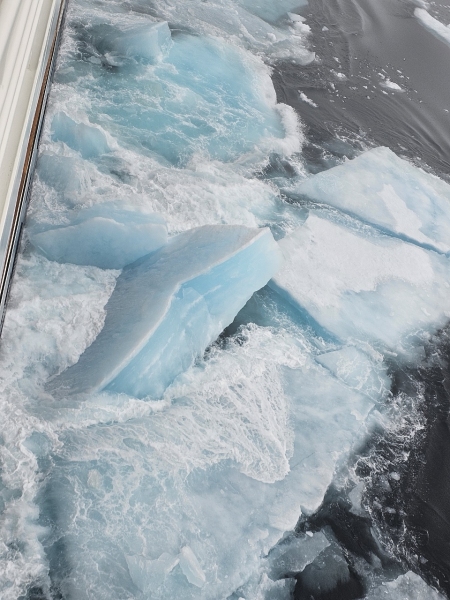


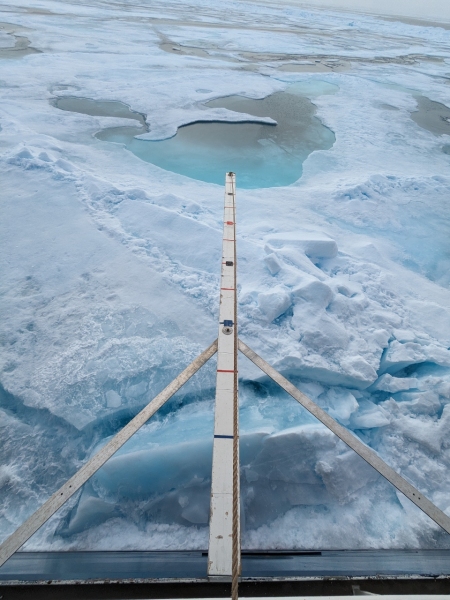

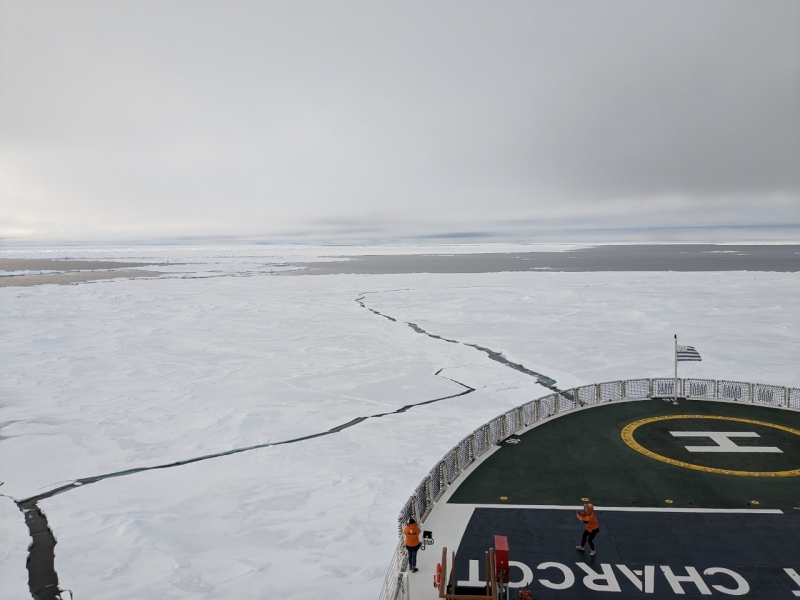
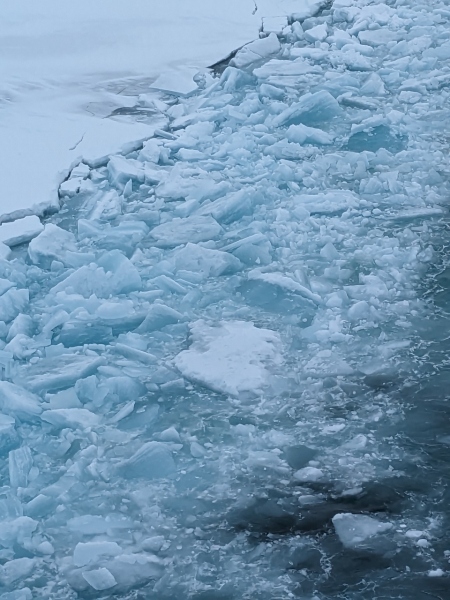
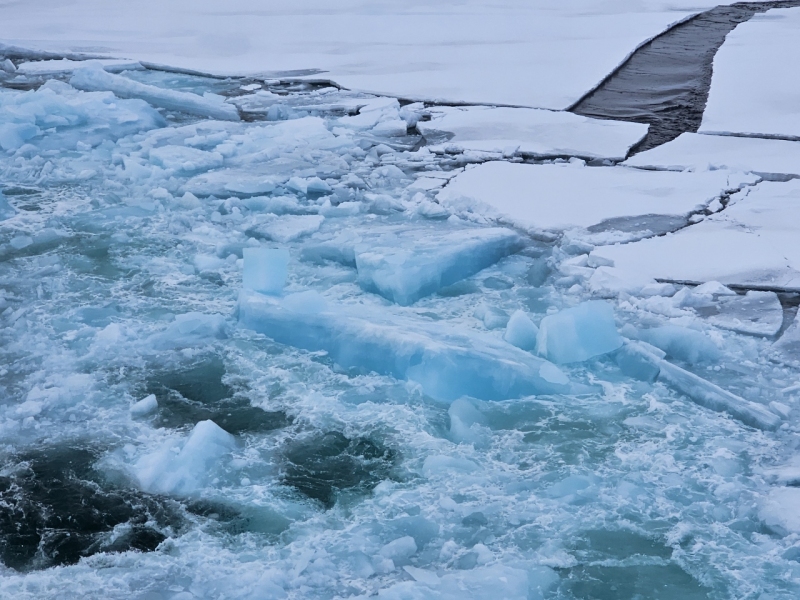
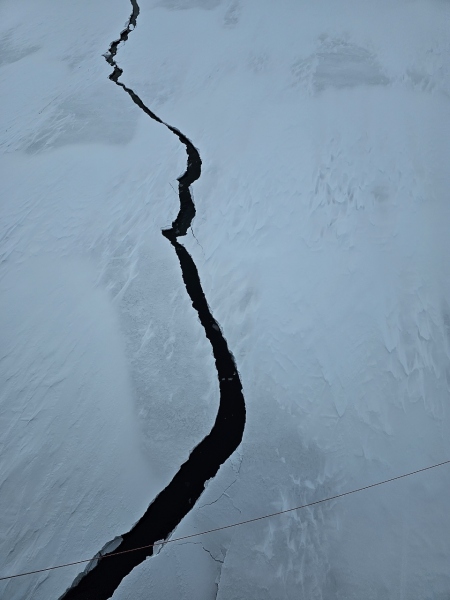

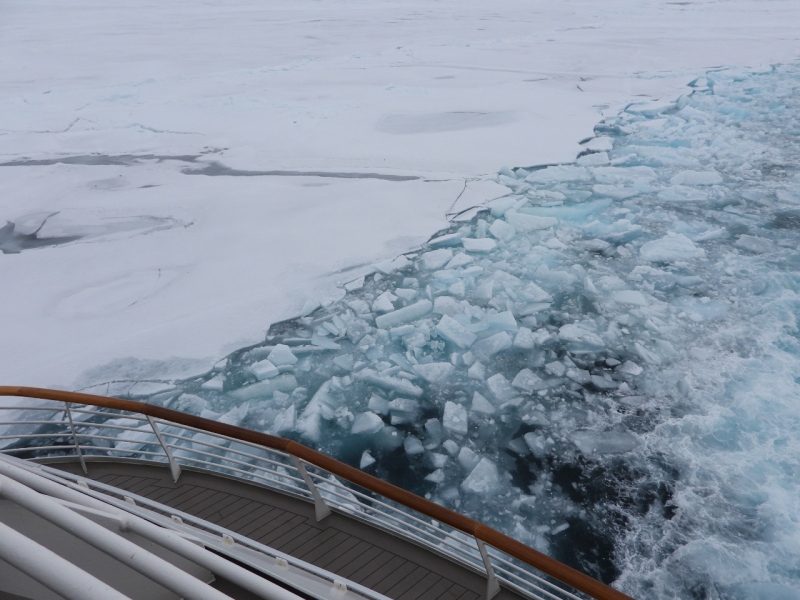
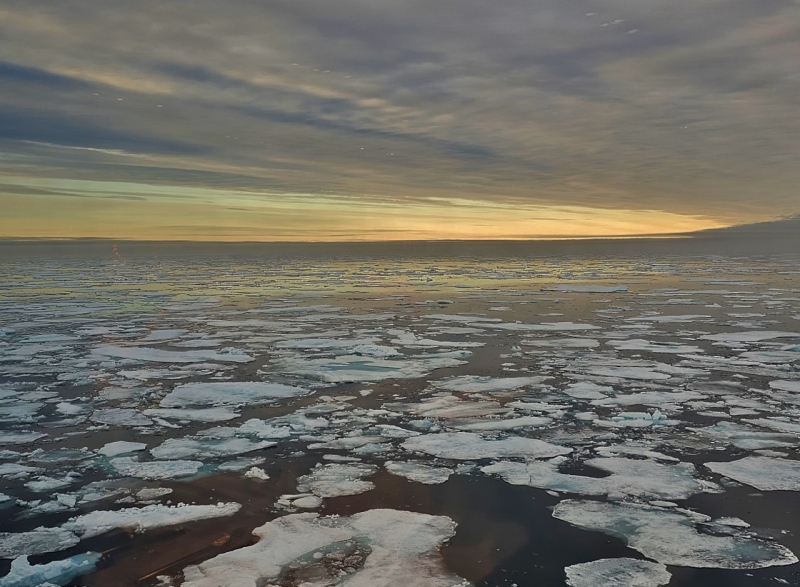

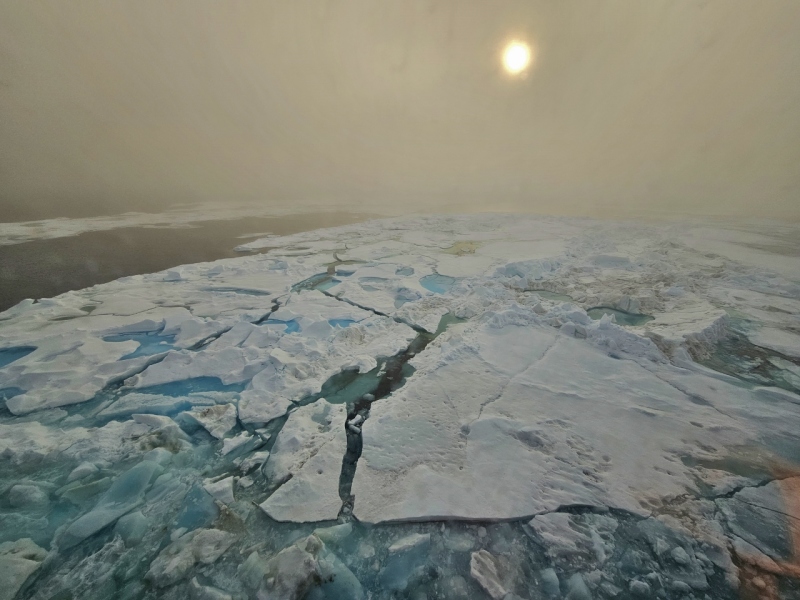
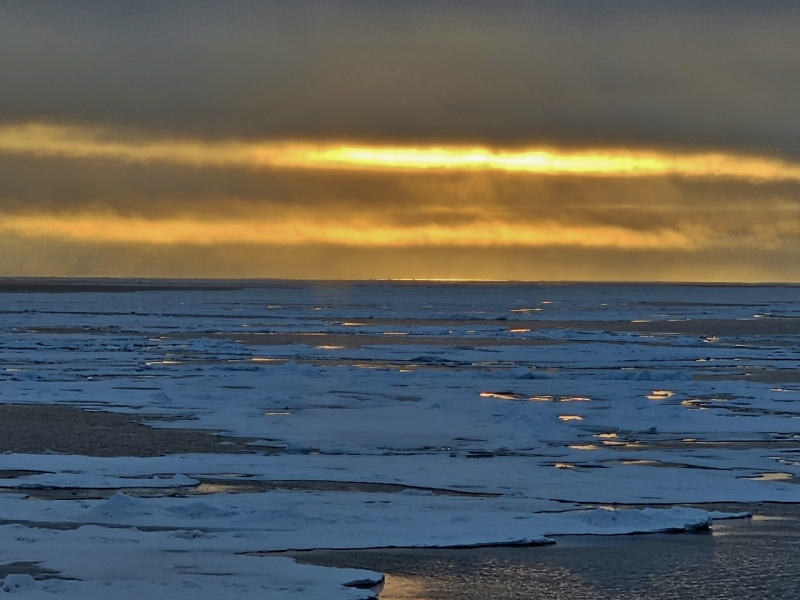
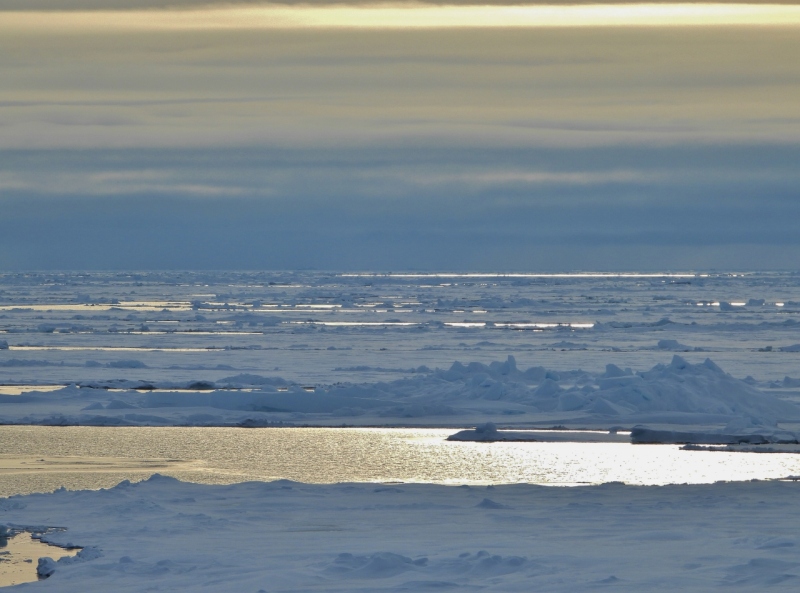


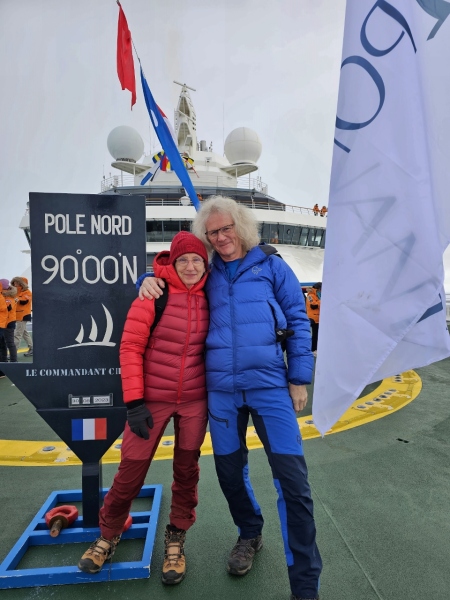
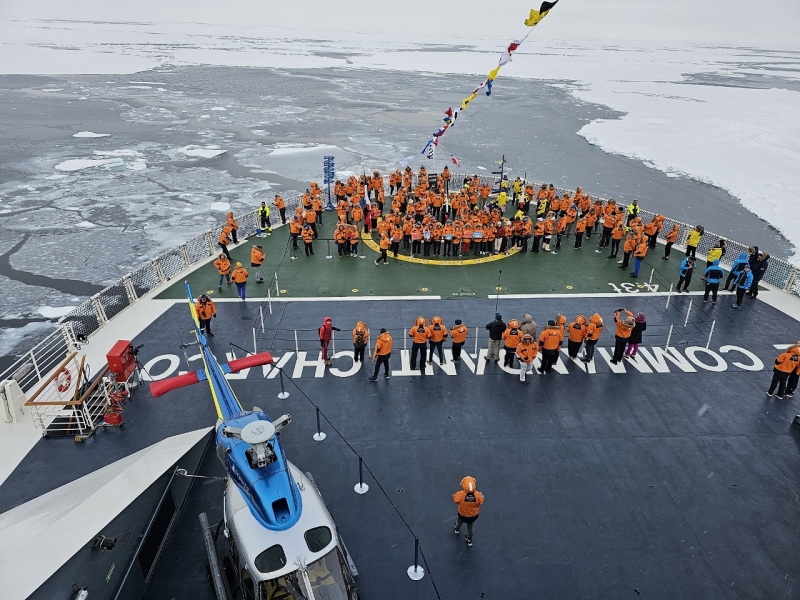

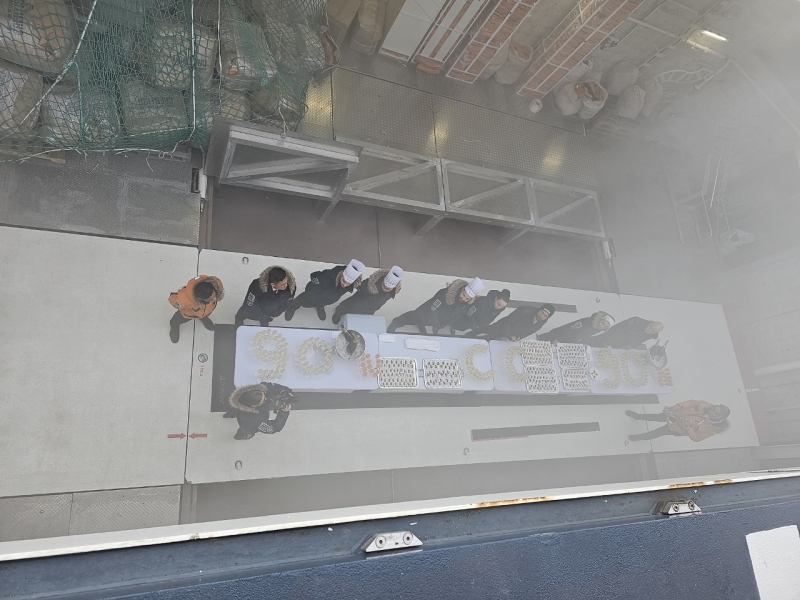
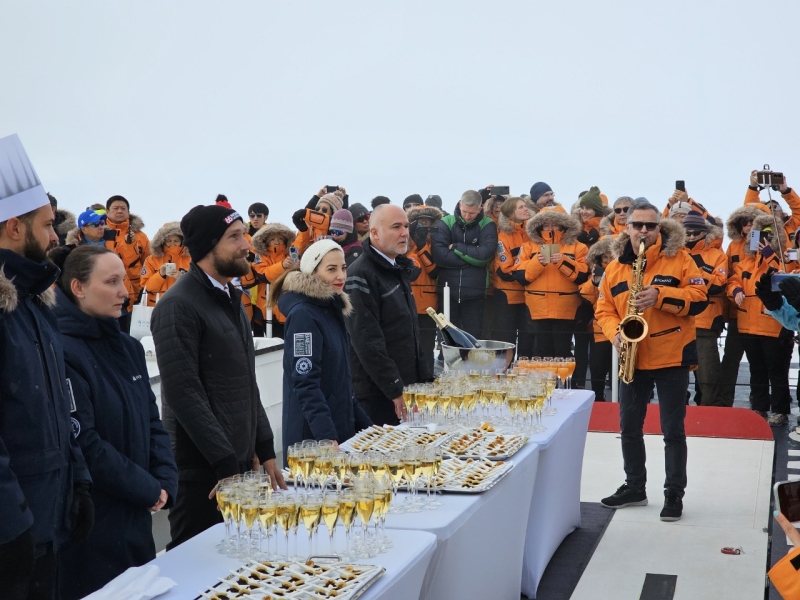
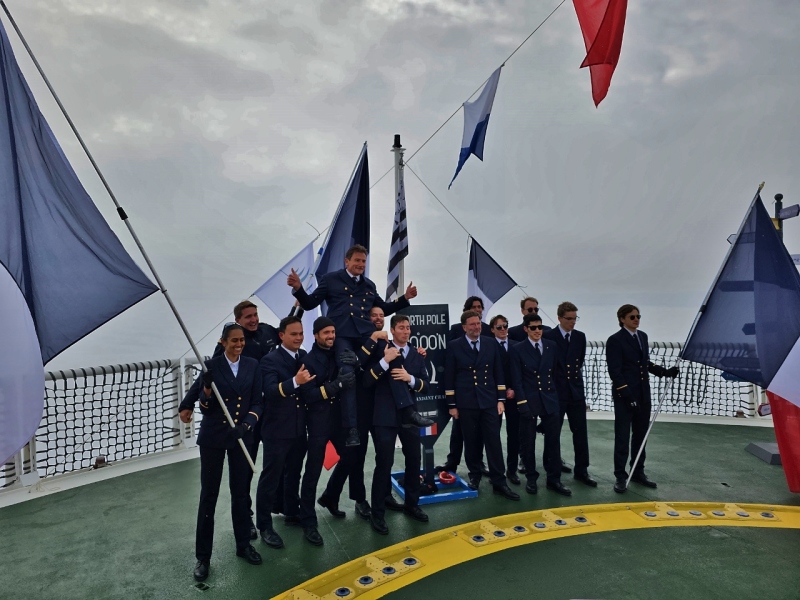
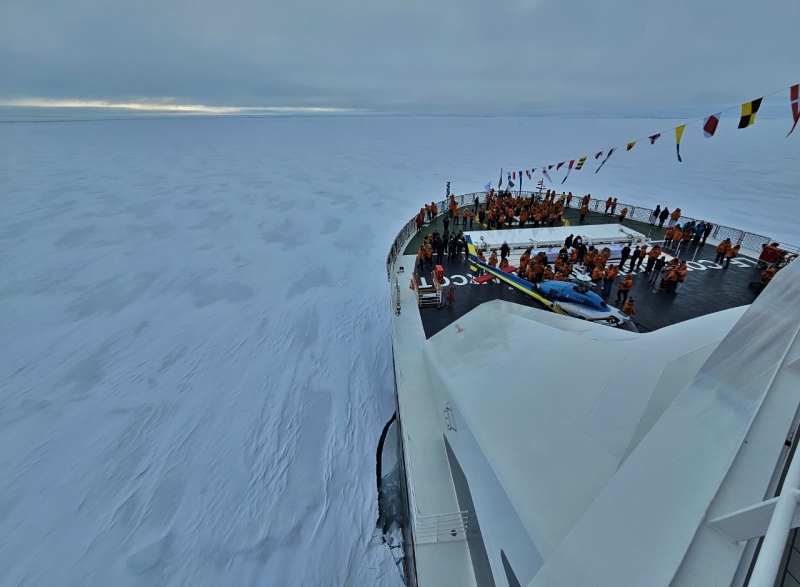
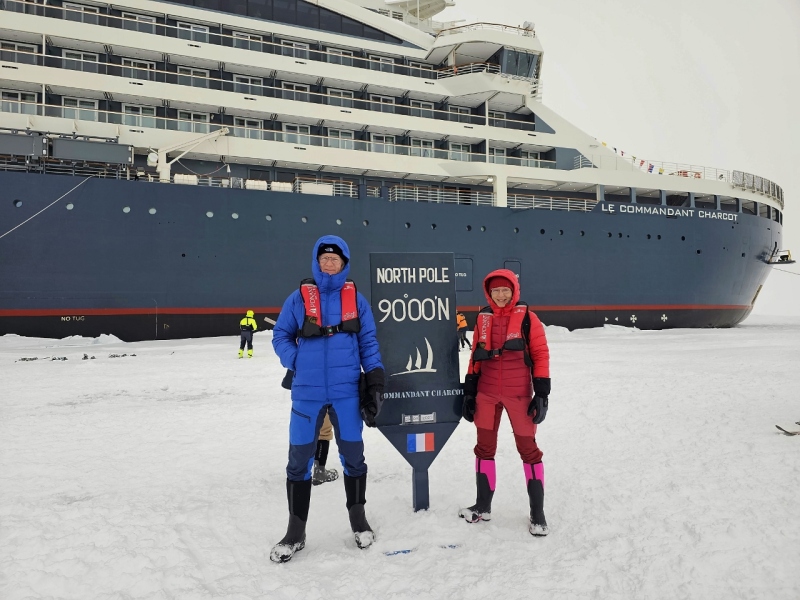

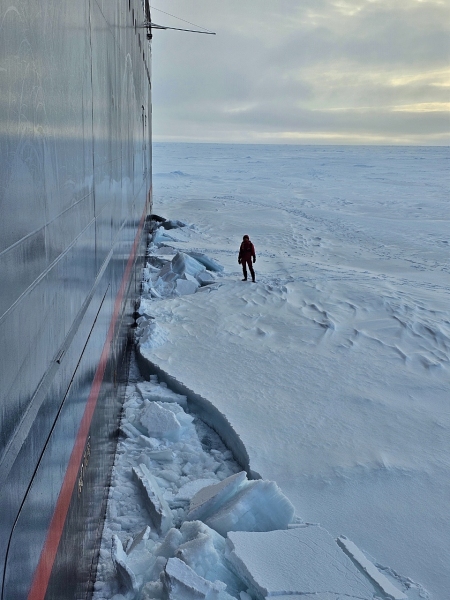
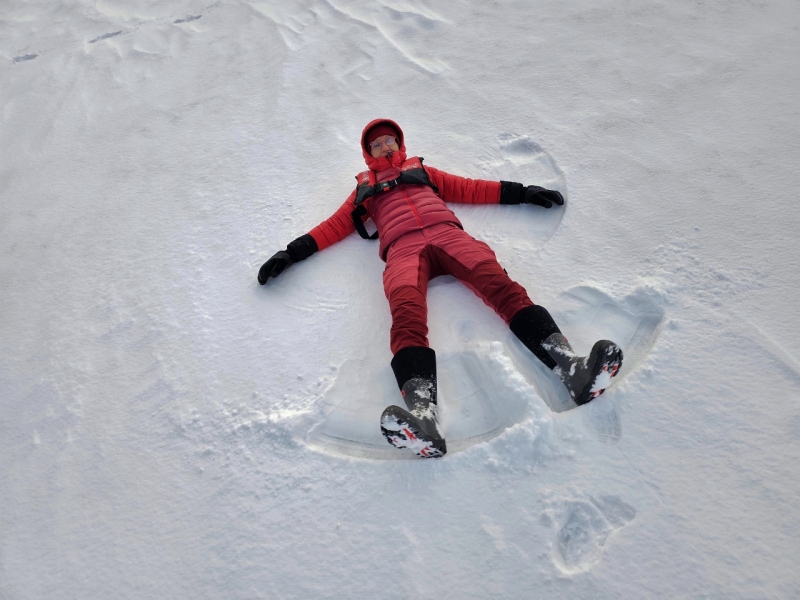

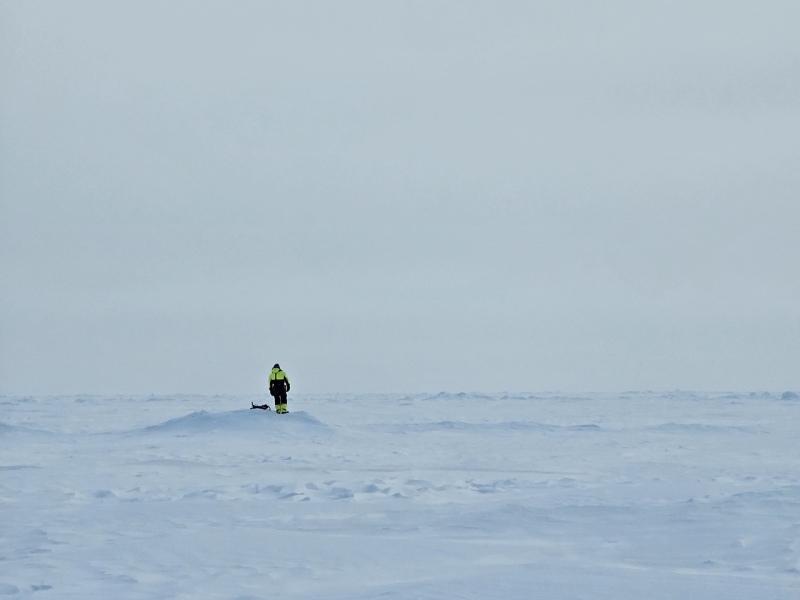
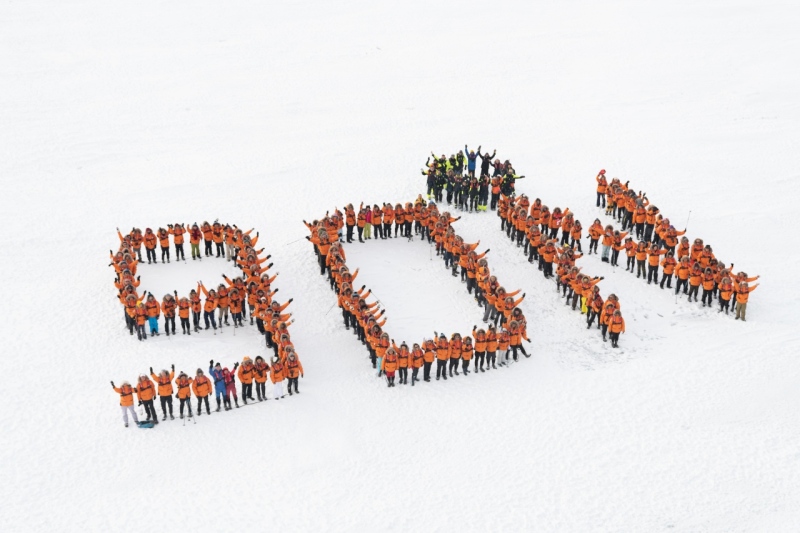
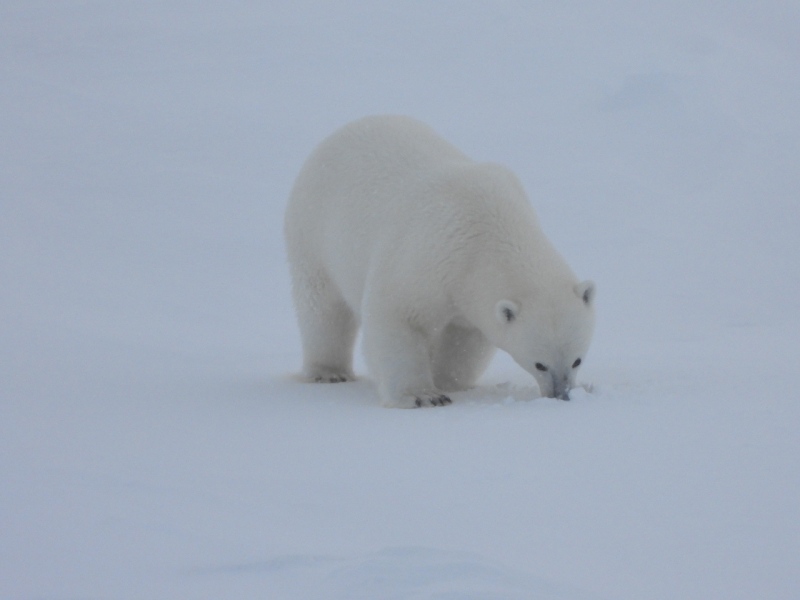
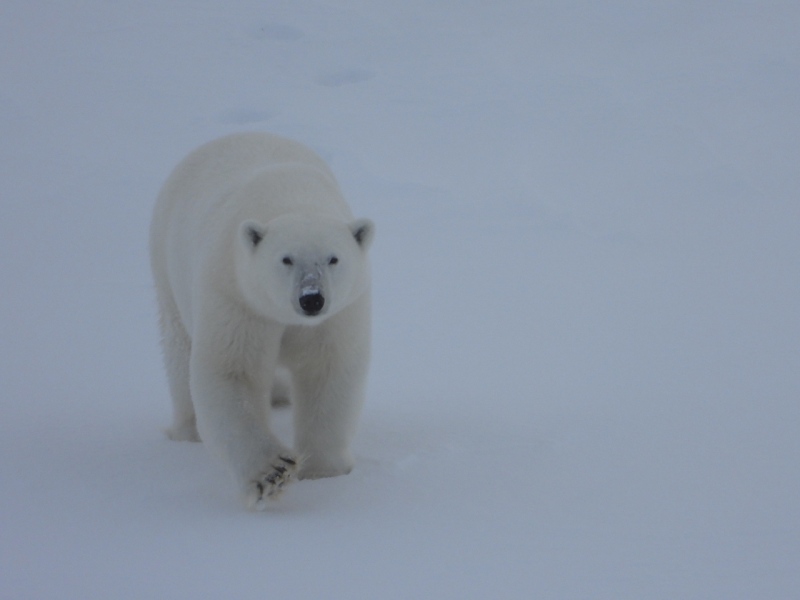

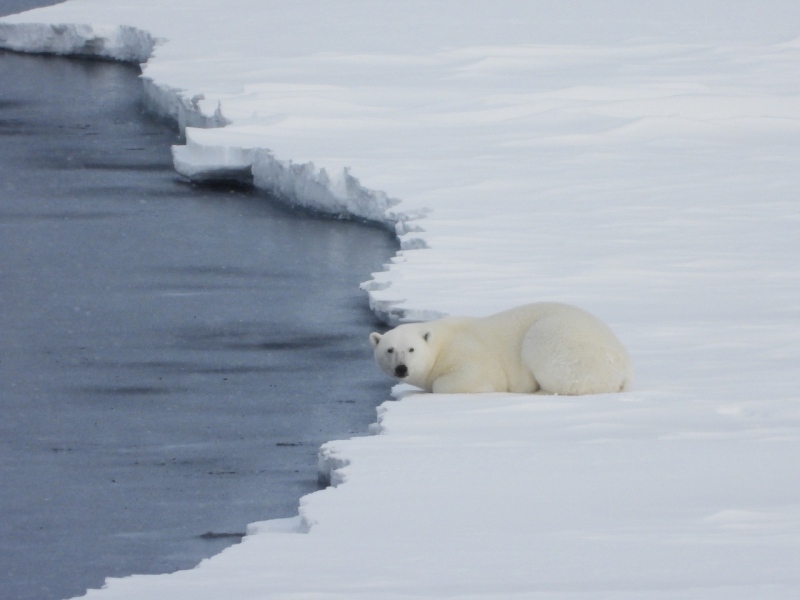
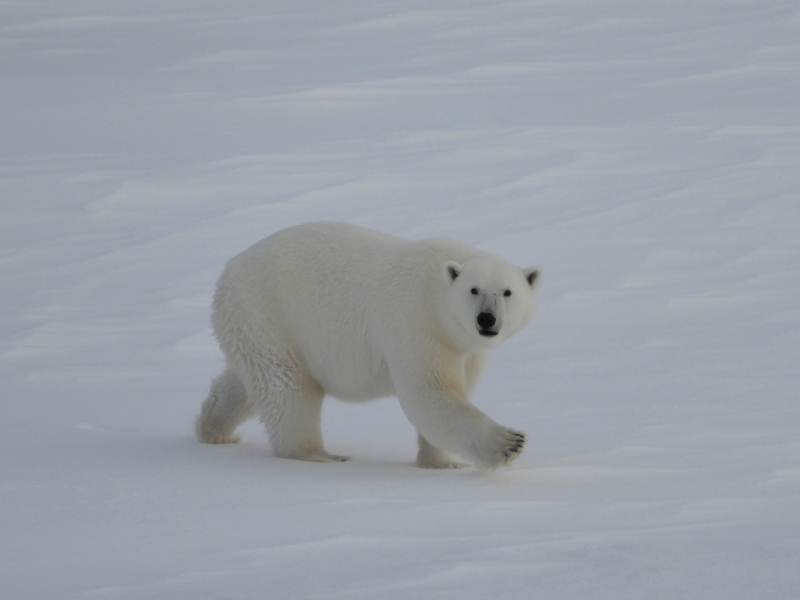
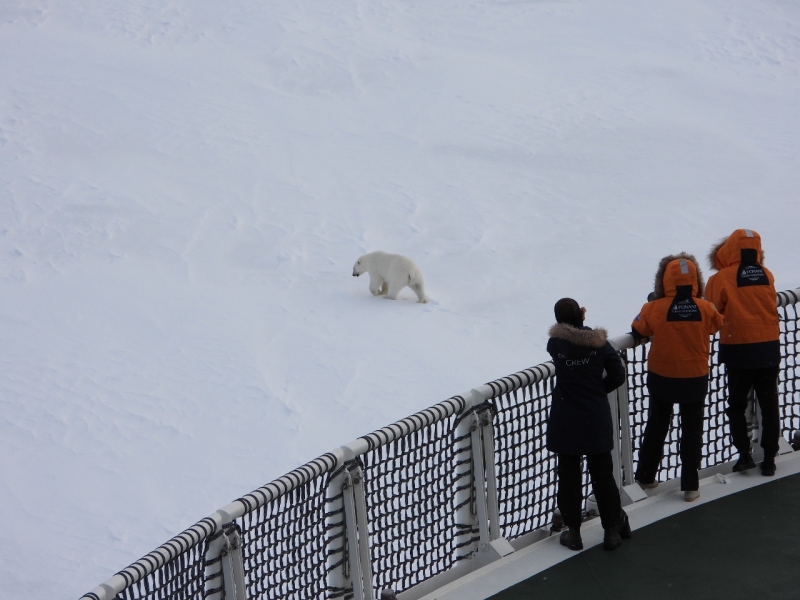
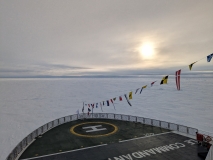
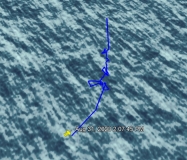

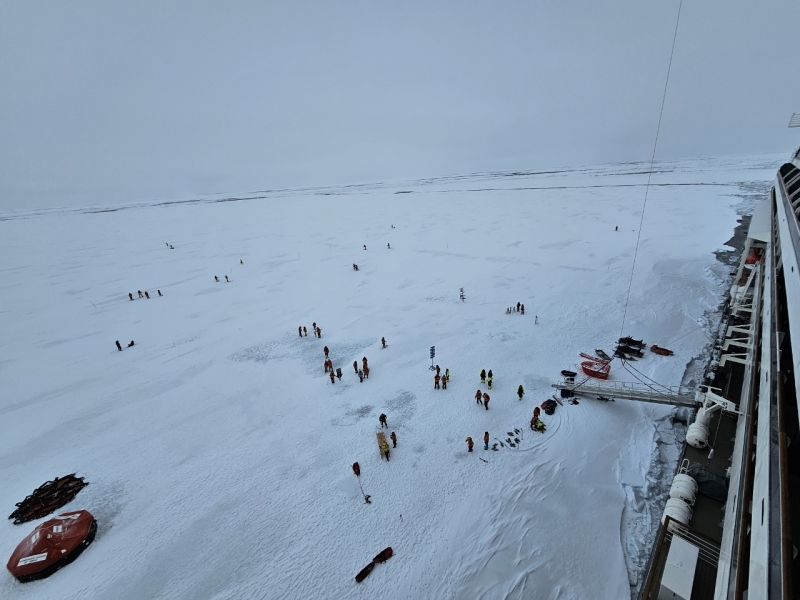
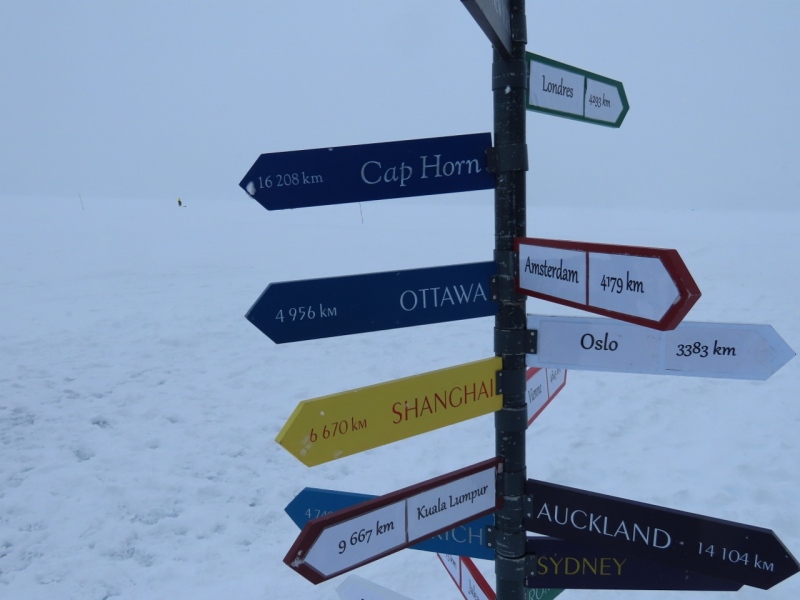
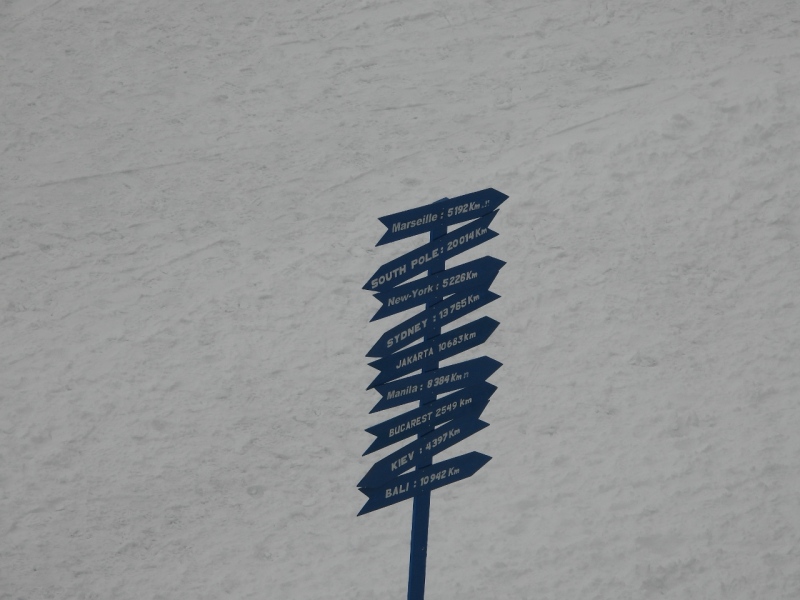
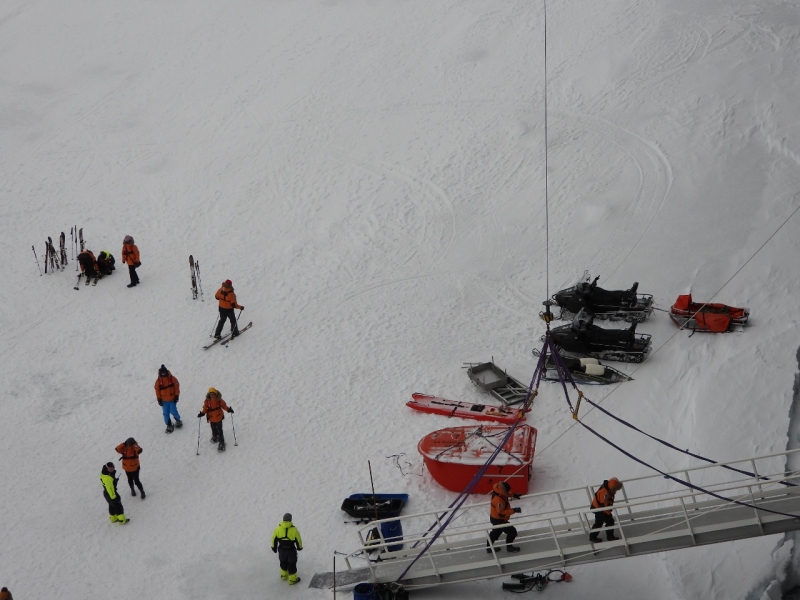
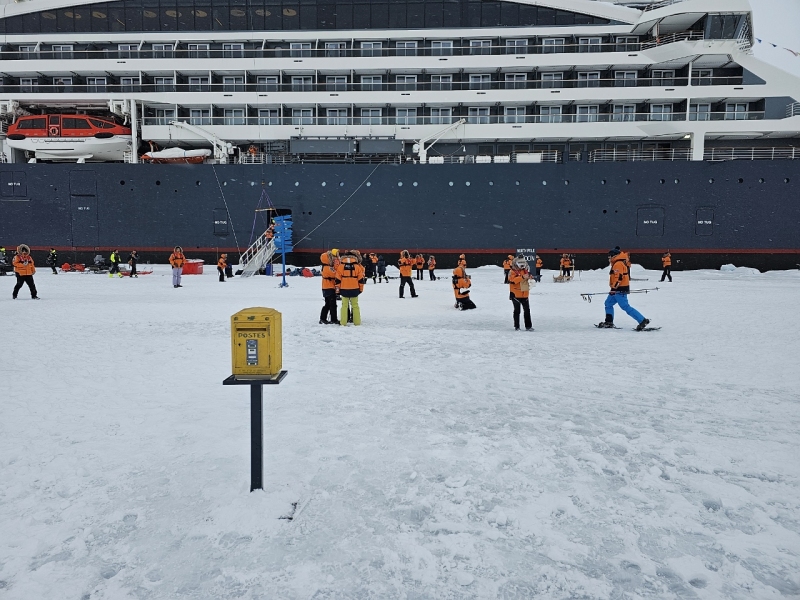
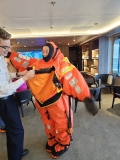
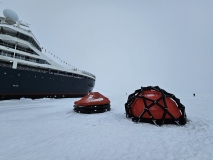
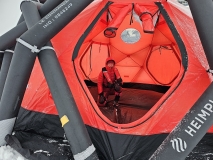
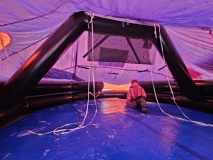
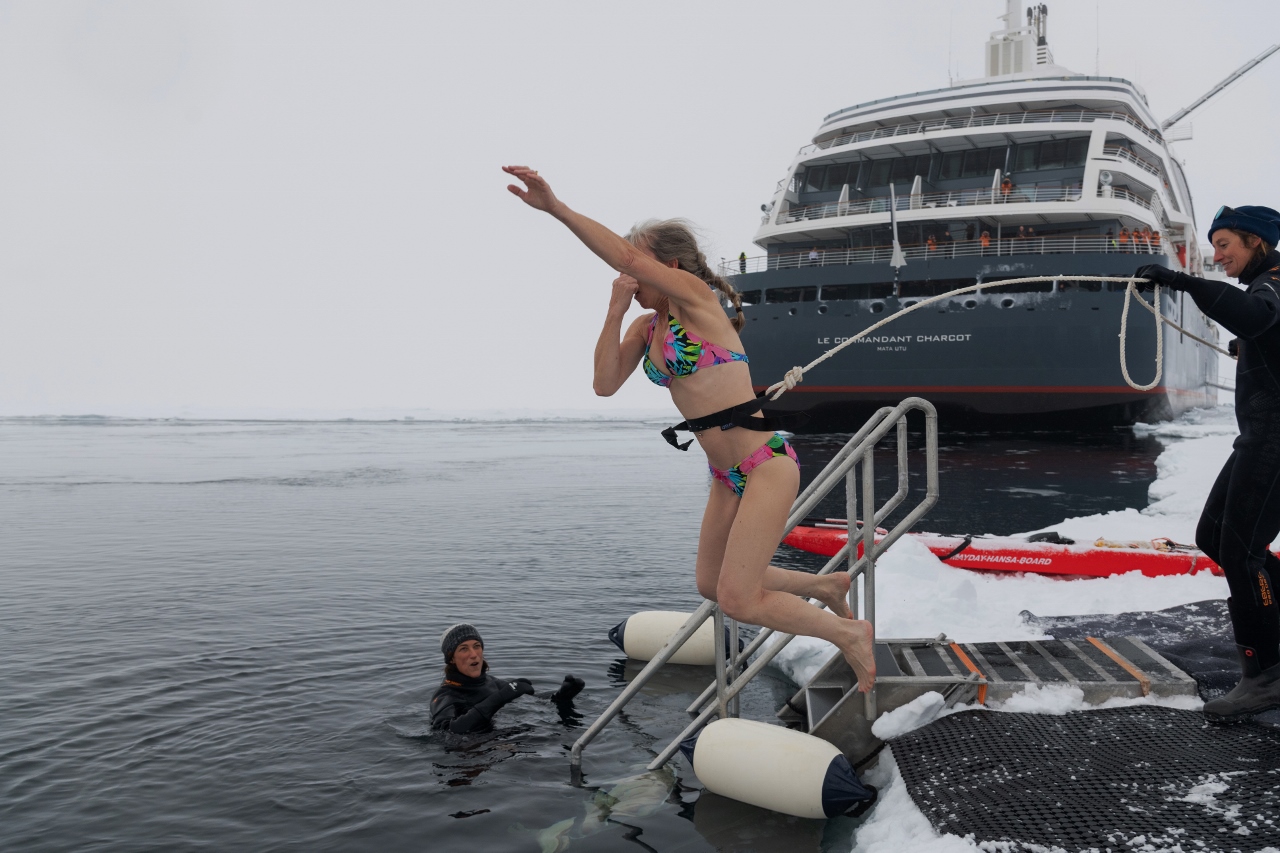
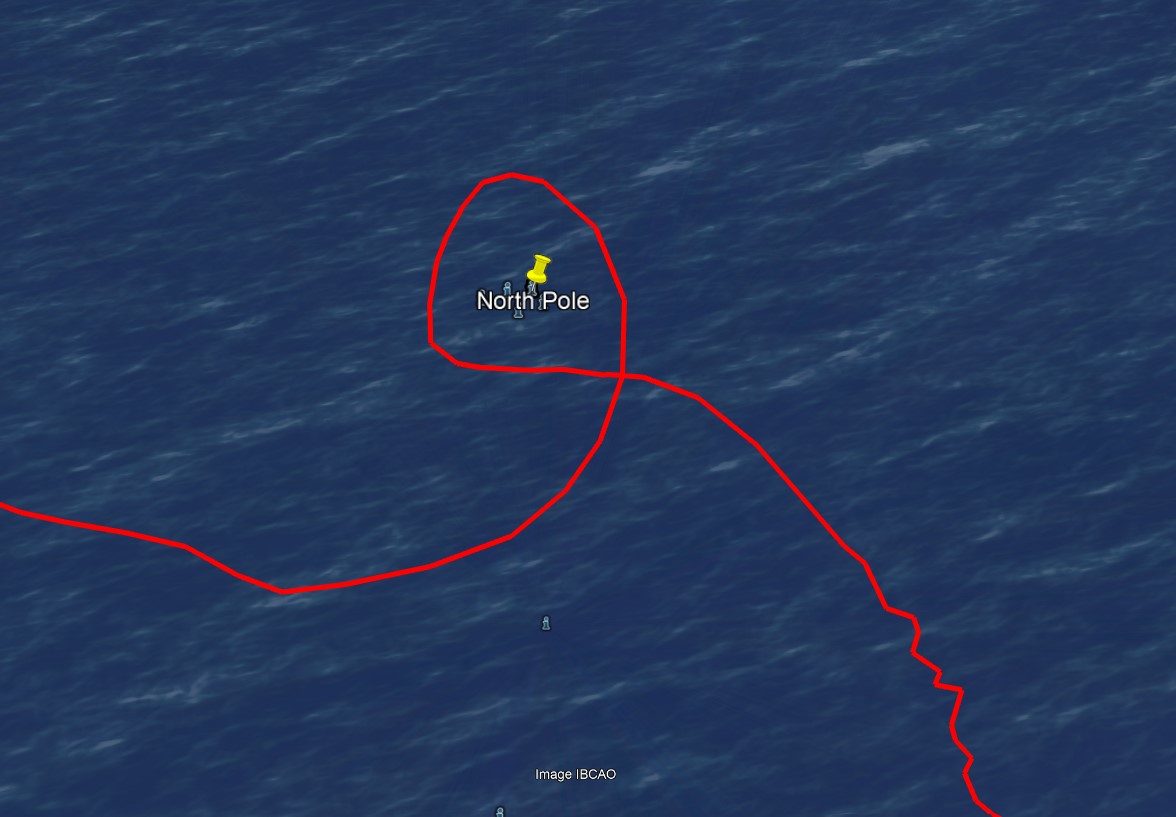
What a spectacular trip. You really make we want to go. Thanks
It really was an extraordinary trip. It’s amazing to be able to see a location that nobody had been to only a lifetime back.
Just as before with Dirona as the ‘backdrop’, we truly enjoy to follow your adventures. Be it navigating the streets here in Seattle, the Cascades, or the Arctic!
Truly fascinating to read and check the photos from this trip.
Thank you for sharing!
Thanks, we appreciate the feedback.
Wow, what an amazing experience. Very impressive how your ship ground through thick ice to reach the North Pole. Loved all the photography, but my favorite shot was of a person standing on the ice right next to the massive hull of the ship. You could not convince me in any way to jump into that polar water like Jennifer! Thank you for sharing.
Great experience and thank you for sharing. We just did the Northwest Passage on Lindblad Resolution. Amazing to see these ships cut through ice like it was peanut butter.
We agree, these ice brakers are impressively capable. We were really impressed by the capability of the Linblad Endurance (sister ship to the Resolution) and Le Commandant Charcot just takes ice breaking to the next level. We found the Linblad ships particularly excelled when it came to keeping it interesting and informative for guests even during slow times when at sea when there wasn’t much going on outside (e.g. crossing the Drake Passage).
You guys are certainly exploring the world. Unfortunately we are in Seattle and you guys are not!!!!. We will try next time we are back, as we want to catch up Again.
Safe travels and keep the posts coming. All the best. Duane and Michelle
Great to hear from you both and we actually are in Seattle this fine morning (and most of the time these days when we are not out adventuring). I’ll contact you folks via email.